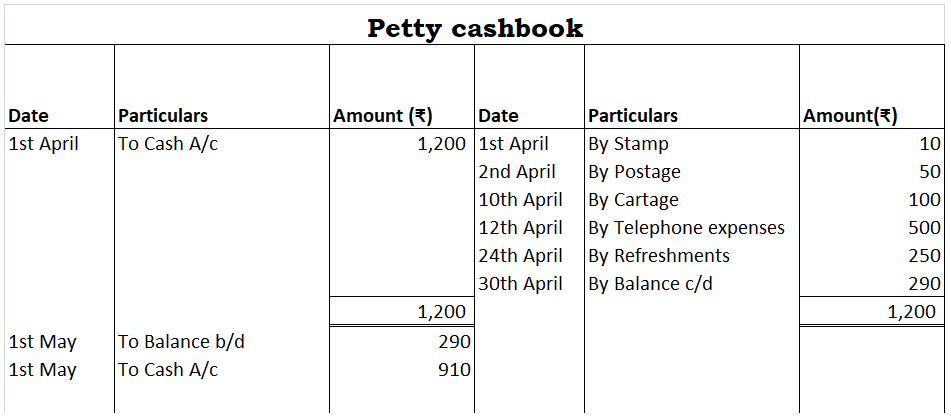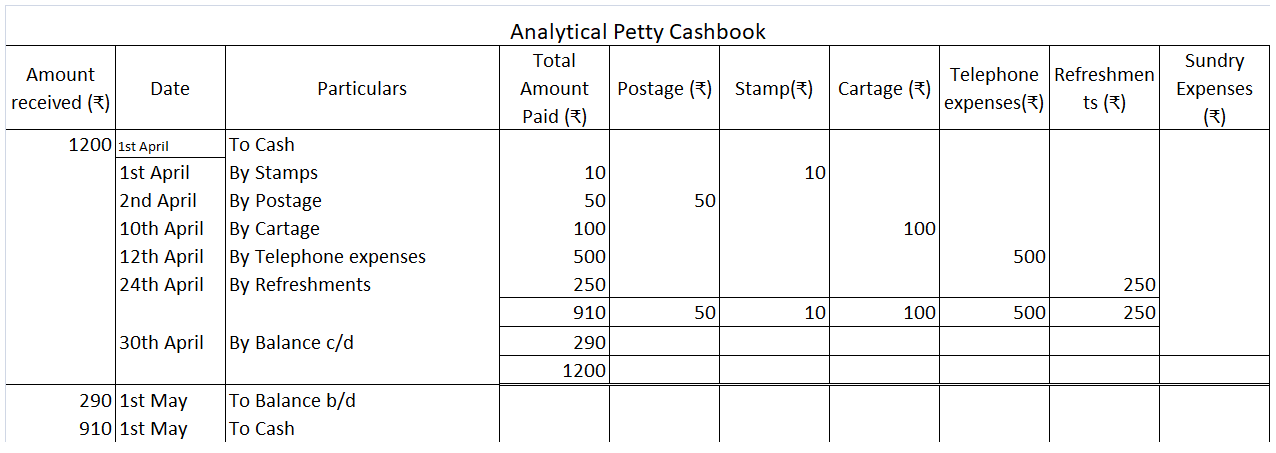Sales return shows the sale price of goods returned by customers. It is deducted from sales or gross sales in the income statement. It is a contra revenue account that represents returns from the customers and deductions to the original selling price, in case of any defective product received by theRead more
Sales return shows the sale price of goods returned by customers. It is deducted from sales or gross sales in the income statement.
It is a contra revenue account that represents returns from the customers and deductions to the original selling price, in case of any defective product received by the customer or any other manufacturing default.
Sales allowances arise when any customer accepts the product at a lower price than the original price or, in other words, a reduction in the price charged by a seller, due to any problem related to the sold product like a quality issue, an incorrect price charged or shipment issue.
Sales allowances are created before the final billing is paid by the buyer.
Journal entry for sales return and allowances:
| Dr. | Sales return and allowances | Amt | |
| Cr. | Accounts receivable | Amt |
- Sales Return Account is debited because it is reverse of Sales Account which is credited at the time of sale.
- Account Receivable Account is credited to reverse the debtors debited at the time of sale.
- Hence Sales Return entry is just reverse of the entry recorded at the time of sale.
See less





Negative working capital means the excess of current liabilities over current assets in an enterprise. Let’s understand what working capital is to get more clarity about negative working capital. Meaning of Working Capital Working Capital refers to the difference between current assets and current lRead more
Negative working capital means the excess of current liabilities over current assets in an enterprise.
Let’s understand what working capital is to get more clarity about negative working capital.
Meaning of Working Capital
Working Capital refers to the difference between current assets and current liabilities of a business.
Working Capital = Current Assets – Current Liabilities
It is the capital that an enterprise employs to run its daily operations. It indicates the short term liquidity or the capacity to pay off the current liabilities and pay for the daily operations.
Items under Current Assets and Current Liabilities
It is important to know about the items under current assets and current liabilities to understand the significance of working capital.
Current assets include cash and bank balance, accounts receivables, inventories, short term investments, prepaid expenses etc.
Current liabilities include accounts payable, short term loans, bank overdraft, interest on short term investment, outstanding salaries and wages etc.
Types of working capital
Since the working capital is just the difference between current assets and liabilities, the working capital can be one of the following:
Hence, negative working capital exists when current liabilities are more than current assets.
Implications of having negative working capital
Having negative working capital is not an ideal situation for an enterprise. Having negative working capital indicates that the enterprise is not in a position to pay off its current liabilities and there may be a cash crunch in the business.
An enterprise may have to finance its working capital requirements through long term finance sources if its working capital remains negative for quite a long time.
The ideal situation is to have current assets two times the current liabilities to maintain a good short term liquidity of the business i.e.
Current Assets = 2(Current Liabilities)
See less